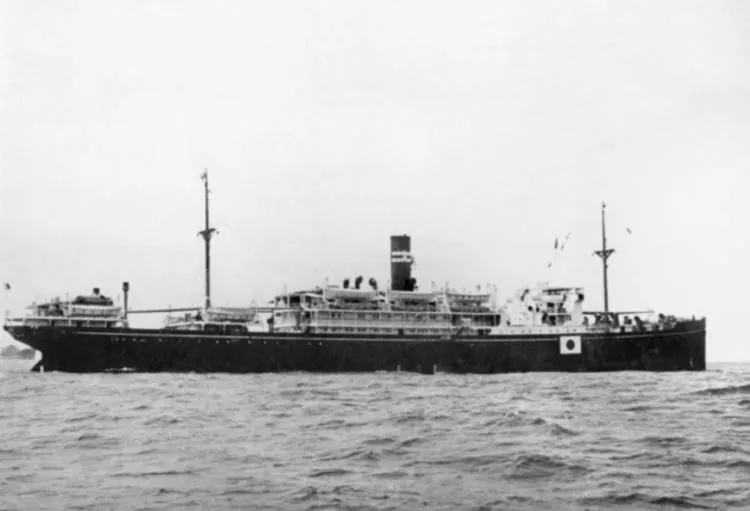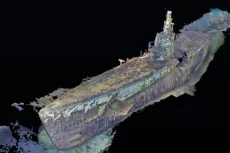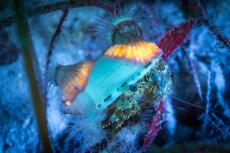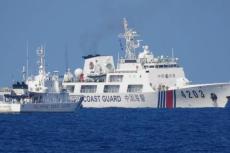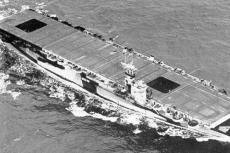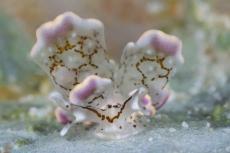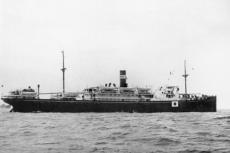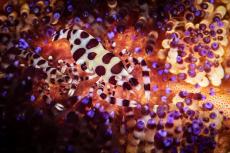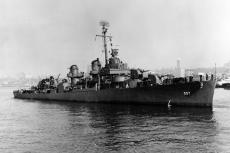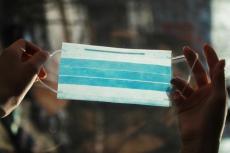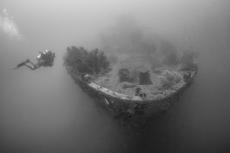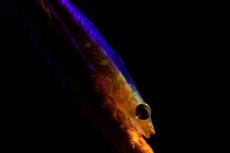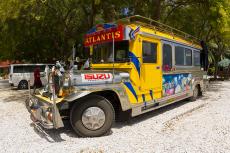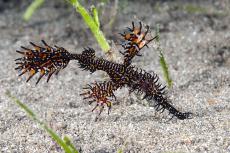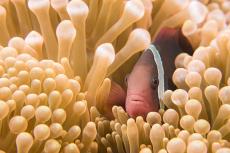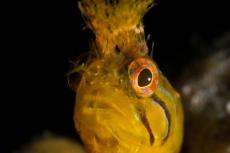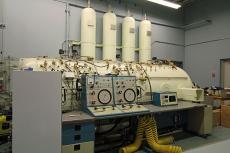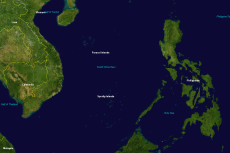Lost wreck of Montevideo Maru found after 80 years
The Japanese transport ship Montevideo Maru, which was found at 4,000m in the South China Sea off the coast of the Philippines, was sunk during WWII on 1 July 1942 by a torpedo launched by Salmon-class submarine USS Sturgeon, not knowing that the vessel was carrying prisoners of war and captured civilians.
It was Australia’s worst maritime disaster, with 1,060 WWII prisoners lost, ranging from a boy of 15 to men in their 60s, who months earlier had been captured in the fall of Rabaul, then in the Australian Mandated Territory of New Guinea (now Papua New Guinea). People from many countries were on board, including 980 Australian troops and civilians. Nearly twice as many Australians perished in this one event than during the Vietnam War.
Discovery expedition
In April, a team of researchers, who set out to find the wreck in the South China Sea, discovered its resting place northwest of Luzon on the twelfth day of the expedition, with the help of state-of-the-art technology, including an autonomous underwater vehicle. The Montevideo Maru was found at a depth deeper than the Titanic.
Verification that the wreck was indeed the Montevideo Maru was done over several days by a group of maritime archaeologists, conservators, research and operations specialists, and ex-naval officers.
The Australian prime minister, Anthony Albanese, said in a Twitter post that the discovery would bring closure to the families of those lost. “At long last, the resting place of the lost souls of the Montevideo Maru has been found,” he wrote. “Among the 1,060 prisoners on board were 850 Australian service members—their lives cut short. We hope today’s news brings a measure of comfort to loved ones who have kept a long vigil.”
The expedition
The Sydney-based Silentworld Foundation, a non-profit organization dedicated to maritime archaeology and history, arranged the mission in collaboration with Dutch deep-sea survey specialist Fugro. The project to find the wreck, which took five years to plan, was also supported by the Department of Defense.
Silentworld director John Mullen, a maritime history philanthropist and explorer, said that the finding of the wreck closed a “terrible chapter in Australian military and maritime history.” He added, “Families waited years for news of their missing loved ones, before learning of the tragic outcome of the sinking. Some never fully came to accept that their loved ones were among the victims. Today, by finding the vessel, we hope to bring closure to the many families devastated by this terrible disaster.”
Aboard the expedition ship when the wreck was discovered was Andrea Williams, an Australian whose grandfather and great uncle perished in the Montevideo Maru disaster. Williams is a founding member of the Rabaul and Montevideo Maru Society, which was formed in 2009 to represent the interests of descendants. For those connected with the disaster, she said the discovery was an “extraordinarily momentous day.”
“Having had a grandfather and great-uncle as civilian internees on Montevideo Maru always meant the story was important to me, as it is to so many generations of families whose men perished,” she said. “I could never understand why it was not a more powerful part of our Australian WWII history.”
Australian army chief Lieutenant General Simon Stuart remarked that soldiers who had fought in defense of Rabaul had met a tragic end on the Montevideo Maru. “Today we remember their service, and the loss of all those aboard, including the 20 Japanese guards and crew, the Norwegian sailors and the hundreds of civilians from many nations,” he said.
Out of respect for families, the wreck will be left undisturbed. No human remains or artifacts will be removed from the site, which has been recorded for research purposes.


